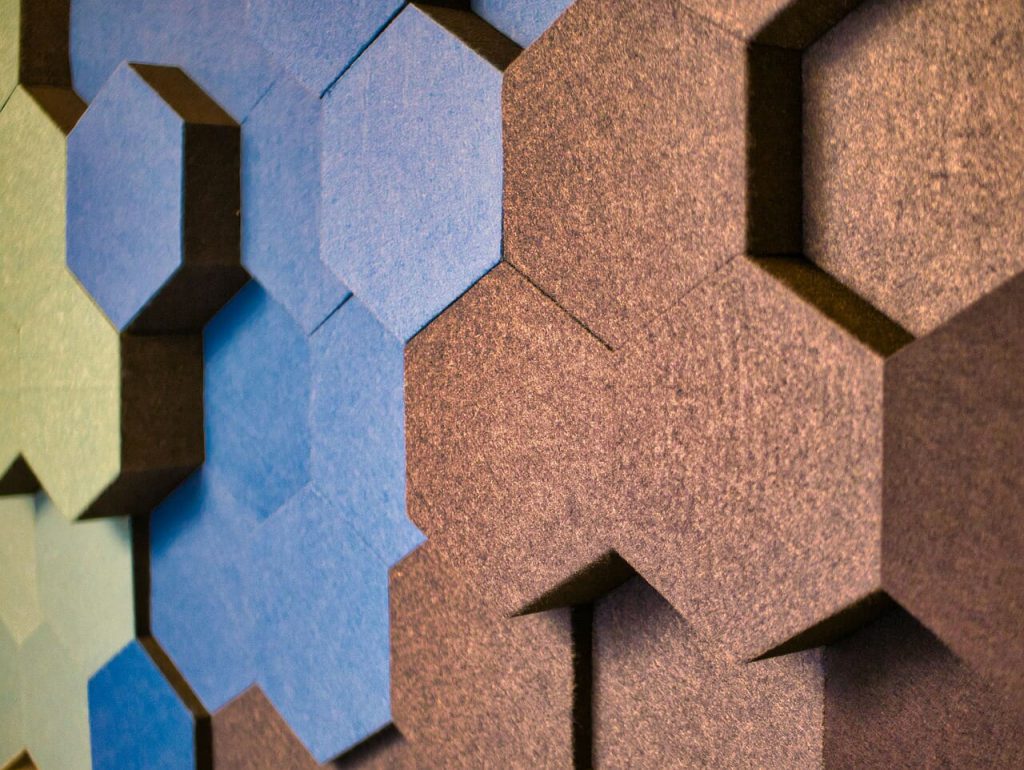We should take a gander at what we do know. To begin with, protection in pipes gives clamor control – and this is a significant thought. Air quality is not the main thing that influences the indoor climate; commotion is a significant issue too, and abundance clamor can prompt an overall disappointment with IEQ Indoor Environmental Quality, which individuals regularly mistake for poor indoor air quality. Likewise, obviously any adequately wet and filthy surface can uphold microbial development. Notwithstanding, it’s uncertain that this involves a mentality that there is no distinction in what you use in pipes.
We have seen no proof that channel liner and unlined pipe are equivalent in their inclination to help development. That ought to be a significant thought. Additionally, there are contrasts among different sorts of liner and even between numerous liners of a similar brand. Apparently vital to know what these distinctions are, with the goal that originators and building proprietors and directors can settle on informed choices. Rationale would direct that permeable conduit liner has an Acoustic and Insulation Manufacturing noteworthy penchant than non permeable materials to trap and hold both soil and dampness – similarly as supposed fluffy surfaces in an office space do the same thing.

The inquiry then, at that point, becomes whether the advantages of protection for commotion control offset the risks. Some are right in saying that the errand ought to be to keep overabundance soil and dampness out of HVAC frameworks. Nonetheless, this is not occurring for an expansive scope. Current frameworks really do appear to be inclined to only the kind of defilement that adds to microbial development.
One issue might be the hidden, out of psyche peculiarity. On the off chance that office supervisors do not know whether there is soil and dampness in the channels – whatever the covering might be – they are less inclined to find ways to remediate it. Another variable might be that office chiefs do not see the value in the degree or seriousness of the issue – not understanding what will occur assuming possibly polluted conduit liner is left set up and not eliminated and supplanted by NAIMA’s North American Insulation Manufacturers Association orders.
An inquiry for fashioners and administrators is whether they should plan structures for a best-case activity and support situation. Should fashioners accept that office directors will keep up with the structure and its frameworks with a specific goal in mind, when proof appears to highlight the way that many do not?
A more significant inquiry is the monetary weight engaged with eliminating and supplanting sullied channel liner. The work and cost associated with that might lead a few office administrators not to approach wet and messy conduit liner in a serious way – or not look close enough for indications of defilement. Once more, rationale would direct that cleaning unlined channel would be simpler and less expensive than eliminating and supplanting defiled pipe material, yet the monetary compromises would be for each building proprietor to choose.
